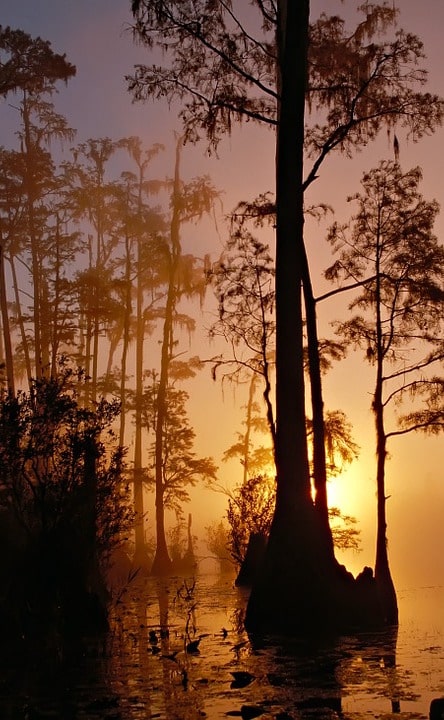SHAMANISM AS I SEE IT
Shamanism is the ability to intercede on behalf of the spirit world and the physical world.
It is a devotion toward assisting people in how to bridge their own connection to the spiritual world which assist them in coming out of co-dependency and into autonomy, self-love and self-initiation.
THE COMMON DEFINITION OF SHAMANISM
Shamanism is an ancient healing tradition and for the Shaman it is a way of life, guiding ways to connect with nature and all of creation.
According to anthropologists, the word “shaman” originated from the Tungus tribe in Siberia. Though its roots go back to Pangea, many millions of years ago, where the continent we now know as Africa housed the original shamans. When Pangea began to break apart, those customs were taken to these other cultures. If you look into the indigenous cultures that exist today, you will see roots that come from the African traditions.
Anthropologists are credited as having coined the term ‘Shamanism’, and it has been used it to refer to the spiritual and ceremonial leaders among indigenous cultures worldwide.
People will most often use the term ‘Shamanism’, to describe the long-time spiritual practices of indigenous cultures, where the core ideas revolve around animism, and the ideology that everything has a spirit.
SHAMANISM IS NOT A RELIGION
Shamanism is not a belief system like Christianity or Buddhism, and shamanism is definitely not a religion; it is a deeply broad, holistic lifestyle that is all about relationships. These relationships extend past the human and include relationships with the sun, the trees, the wind, the moon, your ancestors your animal friends… All of life.
The service and ideas of Shamanism helps me, you and others understand our connections through our reflections, through our fears and our desires.
There is no religion, because there is no dogmatic “God” character in Shamanism. Instead, we share and transmit the living experience that God is us, around us and in us all.

SHAMANISM IS GLOBAL
Modern historians have claimed shamanism can be traced back at least 35,000 years to Paleolithic cave paintings in France.
Teachings shared with me through various tribes have pointed to shamanism originating back when our continents were joined together in the form we knew as “Pangea”. Pangea is said to be 300 million years old, and is believed to broken apart around 175 million years ago.
Today, shamanism refers specifically to the traditions that have evolved and taken on their own identities since the Pangea times to being fully embodied by indigenous peoples in our modern day.
We have shamans in Africa (the most diversity in traditions across regions of any continent), Siberia, Northern Europe (Sámi), Mongolia, Brazil, Indonesia, the Philippines, Thailand, Colombia, North America, Mexico (Mayan, Aztec, Toltec), Brazil, Peru, Hawaii, Samoa, Australia, New Zealand and many more.
The diversity of these traditions and yet common ideas show us the beauty of our planet, and the connectedness between us. They also speak to how the traditions that started in Pangea made it to many locations, such as using eggs to draw out negative energy, smudging to clear spaces, and dance to open energy portals.
Now Shamanism is much more widespread, and taught online, in places like my Shaman School. Otherwise, you may be fortunate enough find Shamanic training offered the classical way; in person among nature.
Amala àṣẹ,
Shaman Durek
The Library : Contents
- What is a Shaman
- How Shamans are chosen
- What does a Shaman do?
- Shamanism - Defined : What is Shamanism?
- Shamanism - Laying Roots for Modern Medicine and Wellness
- Shamanic Healing - Defined
- Shamanic Practices - An overview
- Shamanic Practices - Going Deep
- Shamanic Journey - How today's society can learn from Tribal communities
- Shamanic Training
- Shamanic Symbols
- Shamanism Books - Best Books on Shamanism
